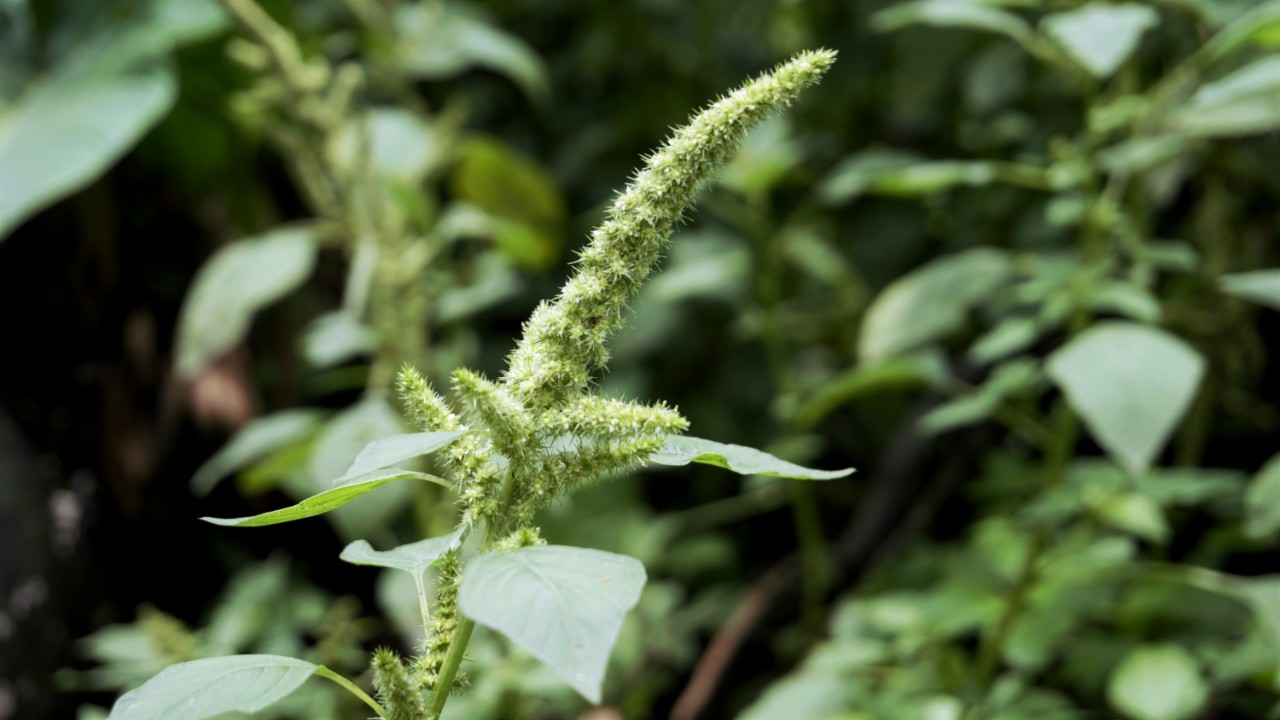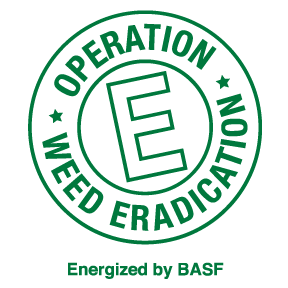Reduce Weed Seed Spread at Harvest
Mechanical strategies help growers diversify their management toolbox

Achieving clean fields throughout the growing season is an important piece to the crop production puzzle. But growers today must rely on a diverse set of tools for ultimate success when the combines roll.
From reducing discounts at the local elevator to protecting vital export markets, harvest weed seed control can help growers further diversify their management toolbox to achieve season-long weed control. By addressing weed seeds that exit the combine in the chaff fraction, harvest weed seed control can be a valuable management strategy for farmers if combines are properly tuned to harvest clean grain.
Mechanical strategies where attachments are added to the combine at harvest can help farmers diversify their toolbox and destroy weed seeds at the end of the growing season, protecting farmland from future control issues.
Exploring Mechanical Weed Control Strategies
According to Dr. Prashant Jha, Iowa State University lead extension weed specialist, high impact mills installed at the rear of the combine destroy weed seed at harvest.
“[The technology] is a very widely adopted harvest weed seed control method in Australia to fight herbicide resistance,” Jha explains.
“We are directing all the chaff and the weed seeds through the high impact mills, and they’re basically pulverizing or killing the weed seeds.”
—Dr. Prashant Jha, Iowa State University extension weed specialist
Virginia Tech Extension Weed Scientist and Associate Professor Michael Flessner says the process can greatly reduce seed bank inputs or the number of weed seeds being added to the field.
“The strongest, survivor weeds of the year are being rewarded at harvest by spreading those seeds out across the field and then dragging them from one field to the next,” Flessner says. “Those are the weeds that have proven to beat your herbicide program.”
While the harvest weed seed destructor is a new tool in weed management, the process does have some challenges. Combines are not equipped with vacuums to gather weed seeds that have already fallen from the plant.
“We’ve never really tried to reduce seed bank inputs except for hand-pulling weeds late in the season, and no one gets excited about that,” Flessner says. “So, it’s a way to reduce that seed input that is less labor intensive.”
Promising Future in Research Results
In recent studies conducted by Jha’s team at ISU, approximately 95% of the waterhemp seeds were mechanically damaged by the Redekop seed destructor attached to a John Deere S 680 combine, an impact mill developed in Saskatoon, Canada, at the time of soybean harvest. Consequently, a 95% reduction in the viability of the damaged seeds resulted, suggesting a drastic decline in pigweed emergence in the subsequent growing seasons. However, 30-35% of the seeds did not enter the impact mills accounting for the combine “header loss.”
Researchers are not certain growers can expect a nearly zero weed seed survival when using impact mills in the field, based on five-year U.S. field trials, but they might be able to count on typical results of a 70% to 80% reduction in weed seed deposit to the soil.
Studies at Virginia Tech have resulted in about a 30% reduction in the number of weeds where the seed destructor has been used versus where it hasn’t been run the following season, according to Flessner.
“There are lot of weed seeds in the seed bank,” he says. “It’s going to take a few years of eliminating the addition to the seed bank before you really realize the full benefit of the destructor.”
Flessner says more than 95% of the seeds that come into the combine go through the mill.
“Then we’re seeing 99% or better kill rate of the pigweeds with the Redekop seed control unit,” he says. “So, there’s certainly a ton of potential there for this to work out.”
The only caveats, he adds, are that a Class 8 or larger combine is needed for the seed destructor and moisture content during harvest can impact the success of the technology.
Flessner says the mills begin to bog down and clog up when higher than 18% moisture is present during harvest.
Developed in Australia where the climate is extremely dry during harvest, farmers there did not experience moisture residue challenges seen in the U.S.
“Moisture to me is really the big hurdle,” he says. “I think that’s an engineering challenge that can be overcome. But right now, I think that’s the most limiting in terms of using this on the farm right now in the United States.”
Diversifying the Weed Management Toolbox
From planting through harvest, farmers can achieve season-long weed control by employing a diverse set of strategies from their management toolbox. And harvest weed seed control is a key piece to completing a picture-perfect, weed-free puzzle.
As herbicide resistance continues to wane on growers, relying on a variety of management strategies will be key to successful weed control throughout the growing season.
“The harvest weed seed destructor is definitely a new tool in weed management. I think it has some huge potential to really help mitigate the spread of herbicide resistance.”
—Michael Flessner, Virginia Tech weed scientist and associate professor
